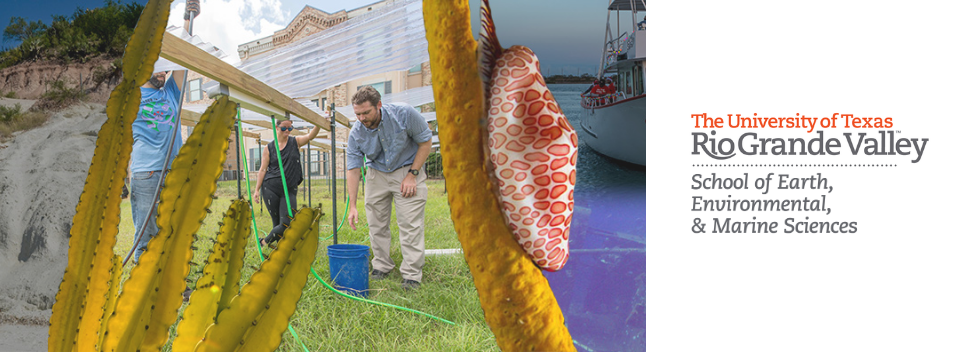
School of Earth, Environmental, & Marine Sciences Faculty Publications and Presentations
Document Type
Article
Publication Date
12-1-2006
Abstract
[1] Carbon flux models based on light use efficiency (LUE), such as the MOD17 algorithm, have proved difficult to parameterize because of uncertainties in the LUE term, which is usually estimated from meteorological variables available only at large spatial scales. In search of simpler models based entirely on remote‐sensing data, we examined direct relationships between the enhanced vegetation index (EVI) and gross primary productivity (GPP) measured at nine eddy covariance flux tower sites across North America. When data from the winter period of inactive photosynthesis were excluded, the overall relationship between EVI and tower GPP was better than that between MOD17 GPP and tower GPP. However, the EVI/GPP relationships vary between sites. Correlations between EVI and GPP were generally greater for deciduous than for evergreen sites. However, this correlation declined substantially only for sites with the smallest seasonal variation in EVI, suggesting that this relationship can be used for all but the most evergreen sites. Within sites dominated by either evergreen or deciduous species, seasonal variation in EVI was best explained by the severity of summer drought. Our results demonstrate that EVI alone can provide estimates of GPP that are as good as, if not better than, current versions of the MOD17 algorithm for many sites during the active period of photosynthesis. Preliminary data suggest that inclusion of other remote‐sensing products in addition to EVI, such as the MODIS land surface temperature (LST), may result in more robust models of carbon balance based entirely on remote‐sensing data.
Recommended Citation
Sims, Daniel A., Abdullah F. Rahman, Vicente D. Cordova, Bassil Z. El-Masri, Dennis D. Baldocchi, Lawrence B. Flanagan, Allen H. Goldstein, et al. 2006. “On the Use of MODIS EVI to Assess Gross Primary Productivity of North American Ecosystems.” Journal of Geophysical Research: Biogeosciences 111 (G4). https://doi.org/10.1029/2006JG000162.
Publication Title
Journal of Geophysical Research
DOI
10.1029/2006JG000162


Comments
© 2006, American Geophysical Union. Original published version available at https://doi.org/10.1029/2006JG000162